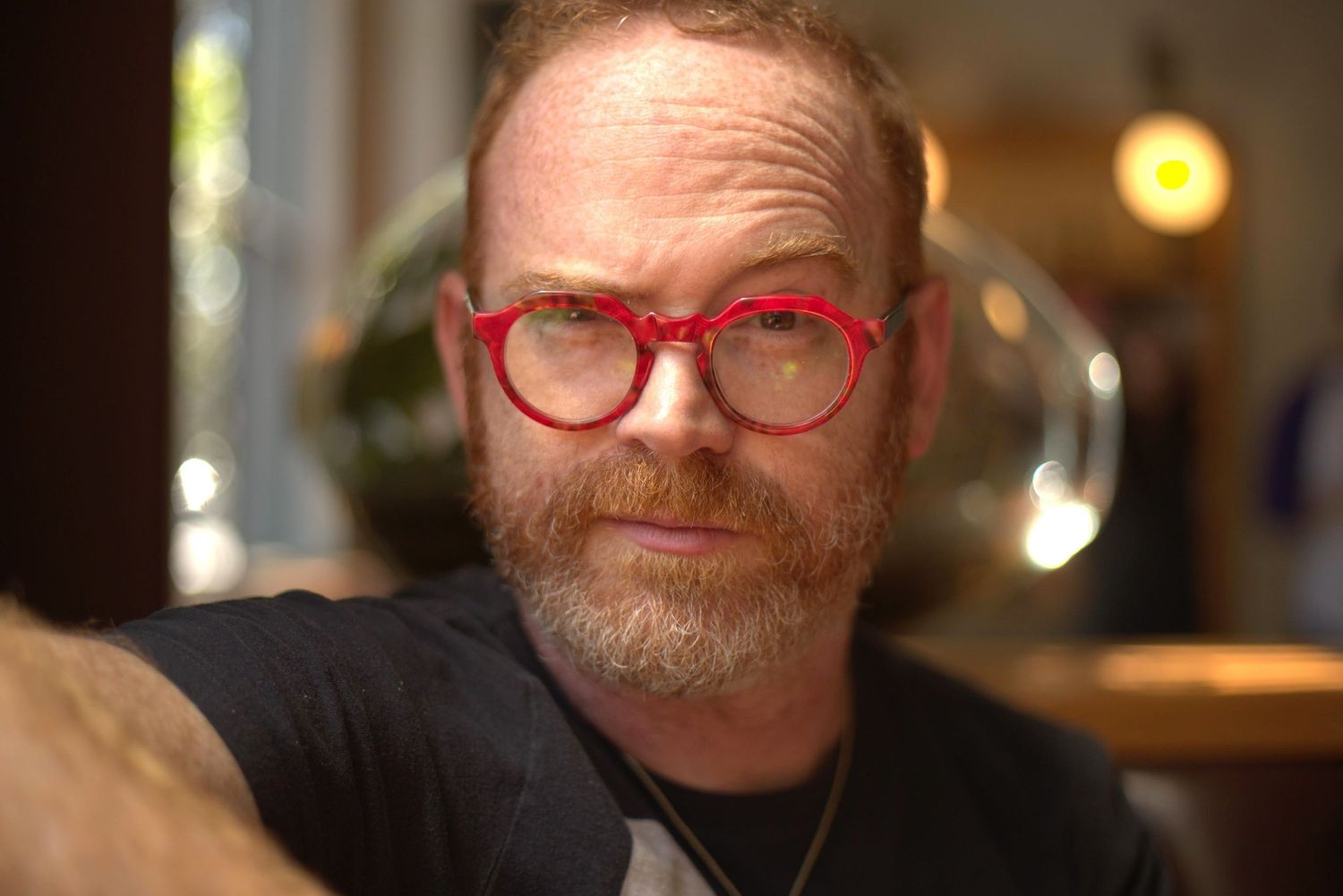Solutions Through Art: Jeremy McKane

“Photography is about getting a story that’s unseen, and making it seen,” says Jeremy McKane. McKane is known for his underwater photography—something he started doing first as a fashion photographer, capturing ethereal images of couture-clad models magically suspended in the ocean.
An avid scuba diver and free diver, McKane loves to be in the ocean. But conducting photo shoots underwater, sometimes in very remote locations, he noticed something troubling: plastic pollution.
“When you get into the water and go to places where human eyes rarely go, you see how much of our incompetence ends up in those regions,” he says. “It’s not about plastic, it’s about how we design and process things. We don’t plan for the end of life of the products we consume as it relates to ecology, and that needs to change.”
Eventually, he realized that he had a role to play in that change.
“I thought maybe I could use my capabilities as an artist to tell the story of plastic in the ocean,” McKane explains. “Art is meant to make us feel, and maybe the reason we have this problem is because we’re not feeling.”
In 2017, McKane’s installation, LUCiD, began touring in Europe. “It was a neurofeedback-controlled art installation that you controlled with your brain using an EEG headset,” he explains. “You walk in and there are digital screens all around you, and all you see is plastic because that’s the status quo. But if you cleared your mind, the headset would detect the change in brain waves, and the art would move to the other track of video showing coral and whales and all these beautiful things…the goal was to show people that if we just change the way we think, we can change what’s happening in our oceans.”
As McKane continued to photograph the ocean, he also started collecting data—and realized there’s a critical lack of information about the health of the ocean ecosystem. So, he founded the Ocean Currency Network, which quantifies the true value of a healthy ocean ecosystem. OCN plans to create a new asset class based on natural capital that gives a financial measurement on what a healthy ocean ecosystem actually means to the average person.
“Right now, we derive value by the extraction of life from the ocean,” McKane says. “But what if we could convince financial institutions and governments that $100 million worth of fish today could be worth $1 billion in five years if we leave them alone to reproduce? Could we use this as a financial indicator for a new cryptocurrency?” McKane asks big questions like that one at an annual gathering of ocean activists called ULTRAMARINE, which he helps organize on Sir Richard Branson’s private island in the Caribbean.“ULTRAMARINE gets artists, scientists, philanthropists, and business leaders together with one goal—to ask: ‘What are the tangible tasks we can do right now to get results in the next 12 months?’” McKane explains. “Long-lasting relationships that come out of this, and anyone with an idea that helps the ocean is invited. I’m always looking for people with innovative ideas to attend.”


Leave a Reply